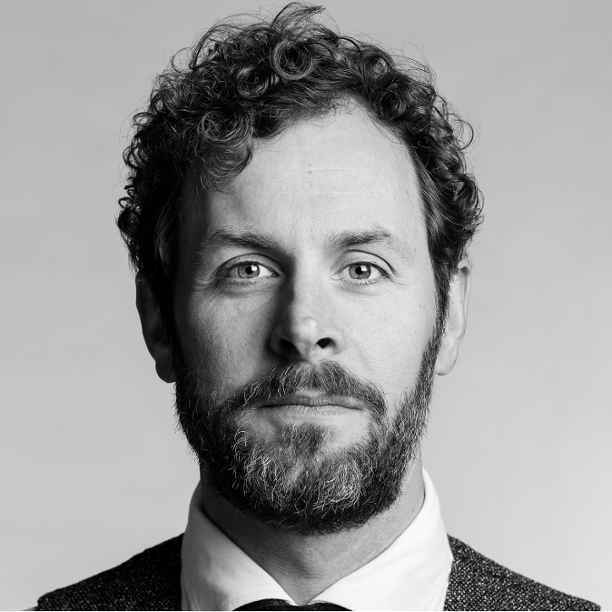After the beginning of the war, we published two articles, the first explaining why we expect wartime to be transition time, and the second describing the financial sector's role in such a transition. Did the price shocks of fossil fuels, caused by the Russian invasion of Ukaraine in 2022, play out to be the catalyst that accelerated the transition? The picture is mixed; there is backlash for sure, but also signs of the transition taking off.
Backlash of the system
At first sight, from a transition perspective, the picture does not seem too rosy. Having to switch from Russian oil and gas meant for many European countries soaring energy prices and tight energy supply. This caused the share of coal in the global energy mix to rise again, leading to higher carbon emissions. In addition, substitution from fossil to renewable energy was limited, with Russian fossil fuel being replaced by, for instance, American, Saudi Arabian or Norwegian oil and gas. Partly because of this, 2022 became a year of record greenhouse gas emissions, with a rise of 1% globally, while carbon emissions should decline by 7% to get on track with the Paris agreement. Also, it was a banner year for the oil and gas majors: record profits and plenty of money to (continue to) invest in fossil energy exploration. And to top this off, government subsidies on fossil energy consumption doubled.
However damaging to the energy transition, these reactions are very understandable: the usual first reaction when shocks hit a society is to preserve the status quo and not to forget to save lower incomes from energy poverty.
First transition signs
Is there no reason for optimism, then? We should not let the foggy reality of a transition blind us. Because, less visible, the global economy declined some 2% in energy intensity last year. In Europe, the decline was particularly steep at almost 10% (with natural gas use even falling 12%).
This short-term ‘success’ was a combination of policies directed at reducing energy demand and behaviour by energy consumers. Even though supported by an array of measures, differing per country - such as mandatory limits on air conditioning in office buildings and mandatory turning off lights at night in shops and offices), the higher prices generally led to a more conscious use of energy. There is, therefore, no relation between measures taken (voluntary, obligatory and per sector) and resulting energy use reductions1. Apart from the relatively mild Fall, behavioural effects induced by higher prices seem to be the best explanation for the decline in energy intensity.
Further proof of the crucial role of price incentives in the energy transition are the increased price of emission allowances in Europe (EU-ETS). In February 2023, they rose for the first time to above EUR 100. Since 2021, the price has been structurally higher than in the years before, driven by changes in the setup (fewer carbon allowances). New rules agreed in December 2022 and in the process of being ratified, which will effectively see emissions allowed under the scheme fall to zero by 2039, are the long-term structural bullish driver of this market.
On the supply side, too, the transition continues to develop positively. Despite the higher interest rates, the payback period of investments in renewable energy has shortened, given the elevated energy prices. This will lead to further acceleration of renewable energy in the coming years. To top it off, the Inflation Reduction Act in the US, the patchwork of government subsidies in Europe and Chinese plans for massive grants and state aid are also contributing to this acceleration, with billions in the coming years available for subsidies of technologies and the creation of markets.
Things may seem worse than they are. But, according to one estimate, the energy transition has accelerated by about five to 10 years in the past year, and there is a broader consensus that the crisis helps to speed up the transition of energy efficiency and clean energy.

Yet the fog remains
At the same time, of course, it is also still an incredible mess. Government policies are far from efficient, with subsidies for renewables and fossil fuels to ease the pain of energy poverty. It does not make sense to tax fossil fuels and at the same time subsidise them. Neither does it make sense that the EU-ETS only applies to about 40% of all emissions. At the same time, Europe needs a carbon border tax (Carbon Border Adjustment Mechanism) to create a level playing field for the European industry because the rest of the world does not want to price fossil fuels. And why would the US and the eurozone need to compete on sustainable support for companies? This smacks of a rich-country transition in which poorer countries cannot keep up.
This, however, is the tragic reality of transition. Two and a half steps forward, two steps back. Only when it hurts does anything change. A transition is not the most efficient way to achieve a goal. It is about painful, necessary decisions, luck, unexpected changes, and opportunities.
The coming years are crucial
Even the accelerated speed of the energy transition is not enough to keep the temperature rise limited to 1.5 degrees compared to the preindustrial era. A lot more needs to be done, and the coming years are crucial.
Regarding energy efficiency, we may hope that behavioural changes will stick and that investments in efficiency (isolation, more energy-efficient production) will pay out in the coming years. Regarding the supply of clean energy, public investments, innovation and scaling up existing markets will be crucial, but signs are hopeful.
There are two areas where worries are justified. First is the financial sector. Although there have been pledges by a large part of the financial sector, such as the Net Zero Banking Alliance (NZBA), it is questionable if these commitments lead to an acceleration of the energy transition. Banks and asset managers still are financing activities not aligned with net zero in 2050. More must be done to get the financial sector on the right track and make enough private capital available for the energy transition. A second worry is that we only concentrate on the energy and efficiency supply side. Today’s tragedy is that the additional capacity of renewable energy does not replace fossil fuels globally but only accommodates the growth in energy demand.
If we do not fundamentally discuss our economic system and economic theory exclusively based on growth, we will likely not reach the targets agreed upon in Paris. An inconvenient truth but one we must act upon.





